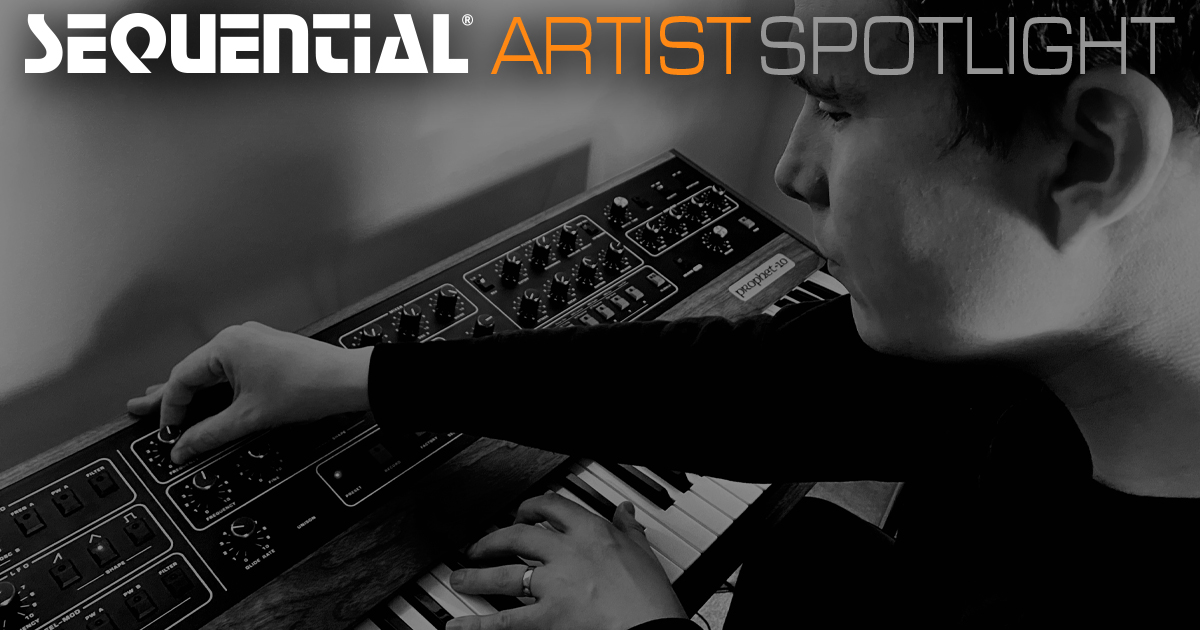
Ben Andrew is a concert pianist, composer, arranger, graphic designer, and app creator. He studied at Trinity College of Music, London, under renowned British concert pianist and pupil of Heinrich Neuhaus, John Bingham, and at the Franz Liszt Academy of Music in Budapest where he studied under Jenõ Jandó.
He has given numerous solo recitals both in the UK, Eastern Europe, and East Asia at venues including St Martin in the Fields in London, The Pump Room in Bath, and Óbudai Társaskör, Budapest. Ben also has an extensive concerto repertoire and notable performances include Gershwin’s Rhapsody in Blue, Rachmaninov’s 2nd and 3rd Piano Concerto to name a few. In 2013, he performed the music of Hollywood film composer Harry Gregson-Williams at St John’s Smith Square, London under the baton of the composer himself.
Ben’s original songs have been played on BBC radio and in 2019, a song he co-wrote with his band Collingwood called “Not in My Name” led to an interview on LBC, one of the UK’s leading radio stations. He is also a Hal Leonard author and he recently released a book on music theory as well as an arrangement of “Hatikvah” for violin and piano, which currently features on the ABRSM and Trinity violin syllabus.
Ben’s band Collingwood has been the support act for musicians including Roger Hodson, founder of Supertramp, and Tony Hadley, the founder of Spandau Ballet. In January 2020, Ben performed with Rick Wakeman and Bernie Marsden as part of a Beatles tribute concert in Buckingham, England.
Ben is also the artistic creator of two iOS apps, ScaleTracks and ScaleTracks JAM, which aim to make scales and arpeggios an enjoyable and, most importantly, musical experience. ScaleTracks has been a worldwide success and has been endorsed by leading figures in the music industry. ScaleTracks has also received highly positive reviews in BBC Music Magazine, The Strad, and Music Teacher Magazine among others.
Ben is Head of Keyboard at Stowe School, England where he leads a strong team of piano teachers.
We chatted with Ben on how he uses the Prophet-10 in his music:
What made you choose the Prophet-10?
I was looking for a synth that had THAT sound – the sound that defined not just the rich musical tapestry of the 80’s, but the sound that was defined by of one of the most iconic poly synths of all time. I spent a good amount of time looking for the right synth but for my needs, I just couldn’t find it and I didn’t want to make the jump to 100% digital synthesis. When I listened to the first demos of this synth I was utterly blown away by the organic sound. Even when playing around with the presets, the sounds seemed subtly different with every use. Since becoming the proud owner of a Prophet-10, the sheer depth of timbre is something that must be experienced first-hand in order to be fully appreciated. I also LOVE that there is a single mono output too – not only is the sound ridiculously and surprisingly fat, it encourages a kind of old school creativity in the way I use this synth (such as double tracking and panning) that a purely digital stereo synth with all the bells and whistles doesn’t encourage me to do. The rawness, depth and warmth of the sound is what makes this such a special instrument. There really is nothing quite like it.
How are you using it?
I am using this synth in all sorts of projects from songs to original instrumental compositions. I have found that due to the organic nature of the analog sound, the Prophet-10 is the ideal companion to acoustic instruments including orchestral instruments. I have recently written two tracks featuring the Prophet-10 which can be streamed from any leading music service. These two tracks (entitled “Prophecies”) explore using the Prophet as an orchestral instrument. In my opinion, it blends perfectly with the overall texture.
What is one of your favorite things about it?
Its versatility and ease of use. As a musician with a classical background, I was initially a little daunted by all the knobs and buttons on the Prophet-10. However, I soon discovered after spending a little time experimenting with the various parameters, I could dial in the sound that I wanted with ease. I particularly enjoy being able to quickly create a bass drum or snare sound, smashing it into a track and then moments later, dial in a subtle, ethereal pad.
What does it give you that other synths might not?
The main thing is the depth of tone. This is something that can only be experienced by playing it. The Prophet-10 is the perfect studio synth and I actually see it as a major positive that there are no on-board effects. This allows me to focus completely on the sound itself first without getting carried away and muddying the waters with lots of effects, which can easily be added later in a DAW anyway.
Any interesting Prophet-10 tricks or techniques you would like to share?
By layering up multiple voices in unison mode, it is possible to get the most aggressive sounding lead you can imagine. Add some glide and you can create the most epic solos!
LINKS
MORE ABOUT SEQUENTIAL
For more information, check out the Sequential product page here.
Find your local dealer for pricing here.
If you’re using Sequential products in interesting ways, tell us about it. Contact us at .
